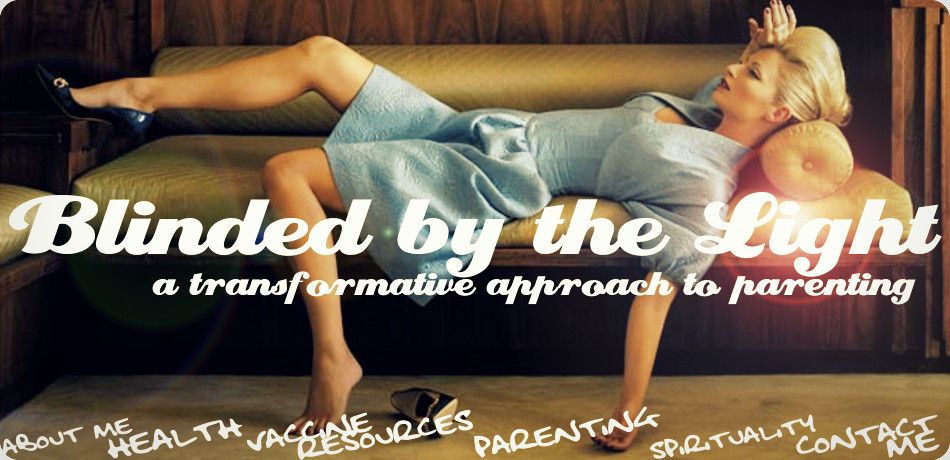When reviewing published literature on vaccine safety you’ll undoubtedly find yourself examining vaccine trials.
You can review the safety trials in the package insert which are briefly described for that particular vaccine.
Here is some information in understanding vaccine trials and how they go about proving safety.
What is a clinical trial?
A research study conducted on human volunteers is considered a clinical trial. The trial is designed to answer specific question about a vaccine, such as how safe and effective they are.
The best way to determine if a vaccine or any therapy s effective and safe is to perform and test it in a randomized, controlled, double-blind clinical trial over a substantial period of time. This type is trial is referred to as the gold standard in research and presents the strongest evidence for efficacy.[1]
Clinical trials are conducted commonly in 3 phases. There is a fourth stage which can occur after a vaccine has been licensed, but this stage is not always required or completed.[2]
Vaccine Trial - Phase I
This trial is includes a small group of test subjects (averaging between 20-80 people). When the vaccine is intended for pediatric use, adults are tested and then there is a step down in age range. Interesting to note that the Hepatitis B vaccine given at birth, Merck’s Recombivax was never tested in newborns. [3][4]
Measures of efficacy used in trial phases are assessing the level of T-cells or antibody titers generated.[5]
The ultimate objective in phase I is to evaluate safety and determine the immune response of the vaccine.[2]
Vaccine Trial – Phase II
Once a vaccine has gone through phase I, a larger group participates in testing. This group usually consists of several hundred. Differing dosage levels are tested in this phase.[5]
The trials in phase II are often randomized and include a placebo group. It is imperative to note that there are no regulations that govern the composition of a placebo. The majority of clinical trials use either another vaccine or a solution with an adjuvant (such as aluminum).
For example, the Pediarix vaccine (DTap+HepB+IPV) given to infants in 3 doses (2mo, 4mo, 6mo) used the following as placebos in its trials: Hib vaccine GlaxoSmithKline, Hib vaccine of Wyth Pharmaceuticals (no longer licensed in the US), Hib vaccine of Merck, Infanrix vaccine, oral poliovirus vaccine (OPV), and a pneumococcal vaccine. None of the placebos used contains a saline solution. [6]
This is not an exception, rather it is the norm.
Another example is Prevnar 13 (the newest Pneumococcal vaccine) which used the old Prevnar vaccine as the placebo in its 13 clinical trials.[7] You may ask then what the placebo was for the old Prevnar vaccine – the answer is an investigational meningococcal group C vaccine.[8]
The goal of the second phase of vaccine trials is to study safety, dosage, immunogenicity, method of delivery and schedule of immunizations.[2]
Vaccine Trial – Phase III
These trials may contain thousands of subjects and test the vaccine, again, in a randomized, double blind fashion using the same type of placebos in phase II.
Phase III is important because of it’s utilization of a larger sample size which has the ability to reflect adverse events that might occur in 1 of every 10,000 people. To detect such a statistical variance for such a low-frequency event, the clinical trial must include at least 60,000 subjects, which half of them would be in the control group. [2][9]
Conclusion
I hope this information sheds some light on what clinical trials are, how they are performed and what is assessed at each phase. A fantastic website to review past and current trials used by the government is at clinicaltrials dot gov. Enjoy – and never stop learning about health!
References
[2] Vaccine Development, Testing and Regulation. The College of Physicians Philadelphia
[3] List of clinical trials for Recombivax from the US
[4] Merck, Inc. package insert for Recombivax http://www.merck.com/product/usa/pi_circulars/r/recombivax_hb/recombivax_pi.pdf
[5] Clinical Trials. Crucell 2009 http://www.crucell.com/R_and_D-Clinical_Trials
[6] GlaxoSmithKline package insert for Pediarix http://us.gsk.com/products/assets/us_pediarix.pdf
[7] Pfizer package insert for Prevnar 13 http://labeling.pfizer.com/showlabeling.aspx?id=501
[8] Pfizer package insert for Prevnar http://labeling.pfizer.com/showlabeling.aspx?id=134
[9] Plotkin SA et al. Vaccines, 5th ed. Philadelphia: Saunders, 2008
Pictures from drsophiayin.com and hpathy.com



No comments:
Post a Comment
Please be respectful. If you are about to say something that you would not let your child hear, then please refrain from saying it.